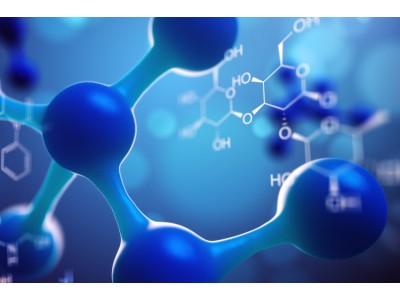| Bioactivity | PCPA methyl ester hydrochloride (4-Chloro-DL-phenylalanine methyl ester hydrochloride), a reversible tryptophan hydroxylase inhibitor, is a serotonin (5-HT) synthesis inhibitor. PCPA methyl ester hydrochloride crosses the blood brain barrier and reduces 5-HT central availability[1][2]. |
| In Vivo | PCPA methyl ester hydrochloride (250-500 mg/kg; oral administration; daily; for 8 weeks) treatment significantly decreases serotonin levels in both hippocampus and cortex[3].In C57BL/6 elite male mice, 5-HT levels decreased by 85% and 55% in the hippocampus of mice treated with oral or ip PCPA methyl ester hydrochloride, respectively, whereas in the prefrontal cortex, 5-HT levels decreased by 65% (oral) and 50% (ip)[3]. Animal Model: |
| Name | PCPA methyl ester hydrochloride |
| CAS | 14173-40-1 |
| Formula | C10H13Cl2NO2 |
| Molar Mass | 250.12 |
| Appearance | Solid |
| Transport | Room temperature in continental US; may vary elsewhere. |
| Storage | 4°C, sealed storage, away from moisture *In solvent : -80°C, 6 months; -20°C, 1 month (sealed storage, away from moisture) |
| Reference | [1]. Dool-Ri Oh, et al. Sedative and hypnotic effects of Vaccinium bracteatum Thunb. through the regulation of serotonegic and GABA A-ergic systems: Involvement of 5-HT 1A receptor agonistic activity. Biomed Pharmacother. 2019 Jan;109:2218-2227. [2]. Fabio Bellia, et al. Transient serotonin depletion at adolescence, but not at early infancy, reduced subsequent anxiety-like behavior and alcohol intake in female mice. Psychopharmacology (Berl). 2021 Jan;238(1):215-225. [3]. ocío B Foltran, et al. Neurochemical, Behavioral, and Neurogenic Validation of a Hyposerotonergic Animal Model by Voluntary Oral Consumption of para-Chlorophenylalanine. ACS Chem Neurosci. 2020 Mar 18;11(6):952-959. |

PCPA methyl ester hydrochloride
CAS: 14173-40-1 F: C10H13Cl2NO2 W: 250.12
PCPA methyl ester hydrochloride (4-Chloro-DL-phenylalanine methyl ester hydrochloride), a reversible tryptophan hydroxyl
Sales Email:peptidedb@qq.com
This product is for research use only, not for human use. We do not sell to patients.